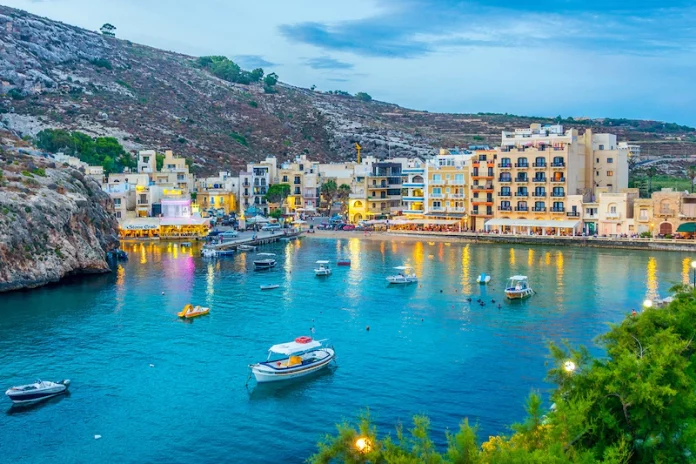In 2020, the number of people working in Gozo reached a record 14,313. This means an increase of 530 people over 2019. Of these, 434 were full-timers with the private sector. Thus, 8 out of 10 people who found work in Gozo started working full time with the private sector.
While, in 2013 Gozitans working full time with the public sector were 37% of all Gozitan workers, in 2020 this proportion decreased to only 27%. This indicates how wrong the Opposition is when it says that jobs in Gozo are only in the public sector.
In a year of pandemic, we had a 434 full-timer increase in the sector. In contrast, in 2012 there was only an increase of 98, or only 23% of the increase we had in 2020. This indicates that despite the pandemic, the Gozitan private sector was in a position to create four full-time jobs for every job it was able to create in 2012.
Among the sectors that increased the most jobs in Gozo in 2020 were that of professional and administrative services (with a growth of 249 jobs), recreational services (with a growth of 33 jobs), construction (with a growth of 35 jobs), and information and communication (with a growth of 28 jobs).
Since 2012, the number of Gozitans working in Gozo itself has increased by almost 4,500 people, or 46%. Those working full-time with the private sector increased by more than 3,600, or 75%, which means that, consistently, 8 out of 10 Gozitans who started working in Gozo were with the private sector.
Every week, since the change of administration, there has been an increase of 11 Gozitans working in Gozo itself. In contrast, before 2013, there was an increase of less than 2 per week. This is the best confirmation that the government is fulfilling its promise of work in Gozo for Gozitans.
In addition, most of the new jobs were with the private sector. Looking at jobs on the island of Gozo, one finds that while before the change of government, 58% were with the private sector, now this proportion has risen to 68%.
In the Budget, the government will continue to work to ensure that Gozo continues to be an economic engine of our country’s new prosperity – economic growth that is more widespread, more sustainable and more dynamic.










